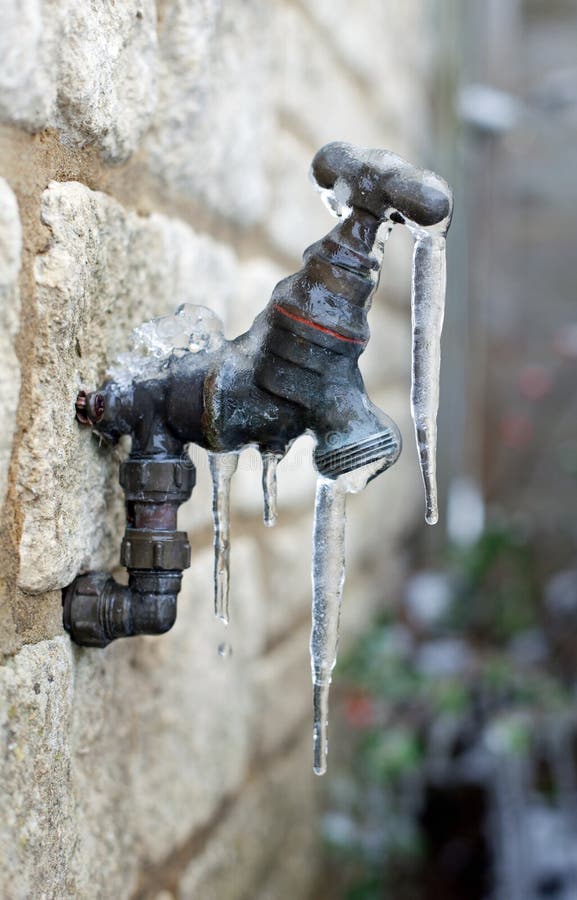Ways to Defend Your Pipes from Cold Weather: Expert Advice
Ways to Defend Your Pipes from Cold Weather: Expert Advice
Blog Article
Each person will have their own conception with regards to Preventing and dealing with frozen pipes.

Cold weather can ruin your plumbing, particularly by freezing pipelines. Below's exactly how to avoid it from happening and what to do if it does.
Introduction
As temperature levels decrease, the risk of icy pipelines increases, possibly bring about expensive repairs and water damages. Comprehending how to avoid frozen pipelines is important for homeowners in chilly climates.
Avoidance Tips
Insulating prone pipelines
Wrap pipelines in insulation sleeves or use warm tape to shield them from freezing temperatures. Concentrate on pipes in unheated or exterior areas of the home.
Home heating strategies
Keep interior areas adequately heated up, particularly locations with pipes. Open up cabinet doors to allow warm air to distribute around pipes under sinks.
Exactly how to determine icy pipelines
Try to find lowered water circulation from faucets, unusual odors or noises from pipelines, and noticeable frost on revealed pipelines.
Long-Term Solutions
Architectural adjustments
Take into consideration rerouting pipes away from exterior wall surfaces or unheated areas. Add extra insulation to attic rooms, cellars, and crawl spaces.
Updating insulation
Purchase top notch insulation for pipes, attic rooms, and walls. Proper insulation aids preserve consistent temperature levels and minimizes the risk of icy pipes.
Protecting Exterior Plumbing
Yard hose pipes and exterior faucets
Disconnect and drain pipes garden pipes before winter. Mount frost-proof spigots or cover outside taps with insulated caps.
Comprehending Icy Pipes
What triggers pipelines to freeze?
Pipes ice up when revealed to temperatures below 32 ° F (0 ° C) for prolonged durations. As water inside the pipelines ices up, it expands, putting pressure on the pipe wall surfaces and possibly creating them to break.
Threats and damages
Frozen pipes can lead to supply of water interruptions, building damage, and pricey repairs. Ruptured pipelines can flooding homes and trigger comprehensive structural damage.
Indicators of Frozen Piping
Recognizing frozen pipes early can stop them from rupturing.
What to Do If Your Pipes Freeze
Immediate actions to take
If you believe icy pipes, maintain faucets open to soothe pressure as the ice melts. Use a hairdryer or towels soaked in warm water to thaw pipes slowly.
Final thought
Avoiding icy pipes calls for positive measures and quick feedbacks. By comprehending the reasons, indications, and safety nets, property owners can shield their plumbing during winter.
5 Ways to Prevent Frozen Pipes
Drain Outdoor Faucets and Disconnect Hoses
First, close the shut-off valve that controls the flow of water in the pipe to your outdoor faucet. Then, head outside to disconnect and drain your hose and open the outdoor faucet to allow the water to completely drain out of the line. Turn off the faucet when done. Finally, head back to the shut-off valve and drain the remaining water inside the pipe into a bucket or container. Additionally, if you have a home irrigation system, you should consider hiring an expert to clear the system of water each year.
Insulate Pipes
One of the best and most cost-effective methods for preventing frozen water pipes is to wrap your pipes with insulation. This is especially important for areas in your home that aren’t exposed to heat, such as an attic. We suggest using foam sleeves, which can typically be found at your local hardware store.
Keep Heat Running at 65
Your pipes are located inside your walls, and the temperature there is much colder than the rest of the house. To prevent your pipes from freezing, The Insurance Information Institute suggests that you keep your home heated to at least 65 degrees, even when traveling. You may want to invest in smart devices that can keep an eye on the temperature in your home while you’re away.
Leave Water Dripping
Moving water — even a small trickle — can prevent ice from forming inside your pipes. When freezing temps are imminent, start a drip of water from all faucets that serve exposed pipes. Leaving a few faucets running will also help relieve pressure inside the pipes and help prevent a rupture if the water inside freezes.
Open Cupboard Doors
Warm your kitchen and bathroom pipes by opening cupboards and vanities. You should also leave your interior doors ajar to help warm air circulate evenly throughout your home.

As a keen reader about How To Avoid Freezing Pipes, I was thinking sharing that section was mandatory. If you please take the opportunity to distribute this write-up if you enjoyed it. Thank you so much for going through it.
Booking Report this page